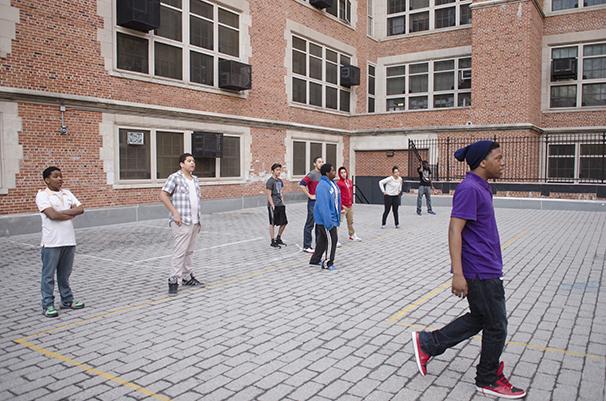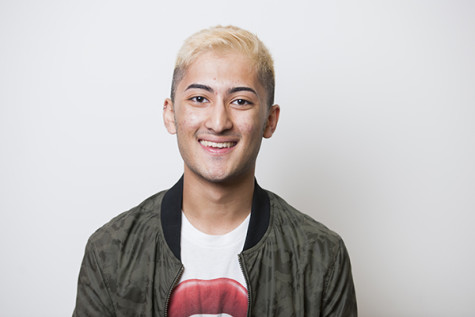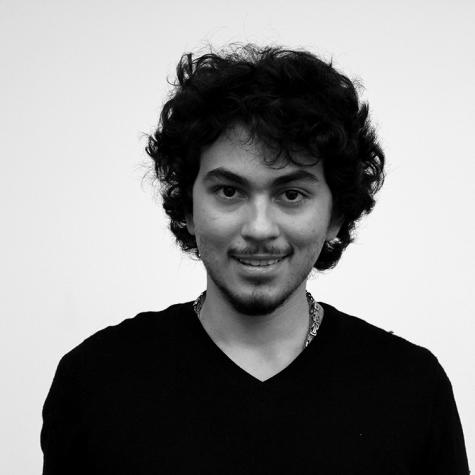New York State public schools suffer from segregation
April 2, 2014

New York State public schools are the most segregated in the nation, according to a report released on March 26.
The report, published by the Civil Rights Project at the University of California, Los Angeles, says New York State public schools have held this record for many years.
Gary Orfield, co-director of the project, has conducted research on the topic for three decades.
“New York State has consistently been one of the most segregated states in the nation — no Southern state comes close to New York,” Orfield said in a press release.
Based on enrollment data compiled from 1989 to 2010, the Civil Rights Project found that many black and Latino students attend school without any white classmates.
According to the researchers, pupils in segregated schools perform significantly worse than those in integrated schools.
Lourdes Davila, professor of Spanish and Portuguese, said the segregation of schools is inevitable due to certain policies implemented by the Department of Education.
“Clearly, affluent neighborhoods will, more and more, have only affluent families; because the DOE has made it quite difficult to move across zones, and absolutely impossible to move across district lines, segregation is a given effect,” Davila said.
The report also pointed to housing patterns throughout the state as a primary factor in causing schools to become segregated.
Deanna Martinez Morales, a student at the Rochester Institute of Technology and former student at the Institute of Technology at Syracuse Central, said she noticed how areas of residence affect race representation at her school.
“In my high school it was mostly black and Latino,” Martinez Morales said. “This was because the school was in the city area. When in the city or even the lower class part of a city there are more minorities. It’s just always been that way. Then when you move up to the suburb area there are more white people.”
The report recommends that state and city governments should focus time and energy on promoting racial diversity in schools.
Davila said the the way of assigning students to schools needs to change to hurdle how areas of residence affect school placement. She said she thinks certain programs, such as the Dual Language program present in public schools such as PS 163, alleviate segregation because it is made to specifically include both strong Spanish and strong English speakers in the classroom.
Certain groups, such as Parent Leadership Project, which is a collaboration between the Center for Immigrant Families and the Bloomingdale Family HeadStart Program, has been fighting segregation and inequality in District 3 and in the city for many years.
Donna Nevel, a member of PLP, said there are systemic mechanisms that privilege affluent families and hurt low-income families.
According to a report released by CIF, intentional policies that have been put in place by school administrators exclude low-income families from public school education and that increased development of gifted and talented programs that largely serve white children have caused public school segregation in District 3.
Davila said the Gifted and Talented program needs to be reformed in order to battle the issues currently facing the public school education system.
“Gifted and Talented programs work to ‘separate’ the ‘gifted’ from the non-gifted,” Davila said. “As you can imagine, parents ‘who know’ (mostly from affluent or upper middle class backgrounds) train their children to take this exams, and are also able to give the necessary support that other families cannot. [Gifted and Talented] is then, by definition, a practice of segregation.”
Nevel said her group has been part of the D3 working group on fairness and equity in admission to develop a controlled choice admissions policy to properly reflect the demographics in D3 and create equitable access. Additionally, Nevel said her group is also working with parents in Districts 1 and 13 who are interested in desegregating their schools.
A version of this article appeared in the Wednesday, April 2 print edition. Kavish Harjai is a news editor. Email him at [email protected].
*Correction: PLP has been a part of the D3 working group, not collaborating with the group. Additionally, this article has been amended to more accurately reflect the goals and work of PLP.
WSN regrets these errors.

























































































































































